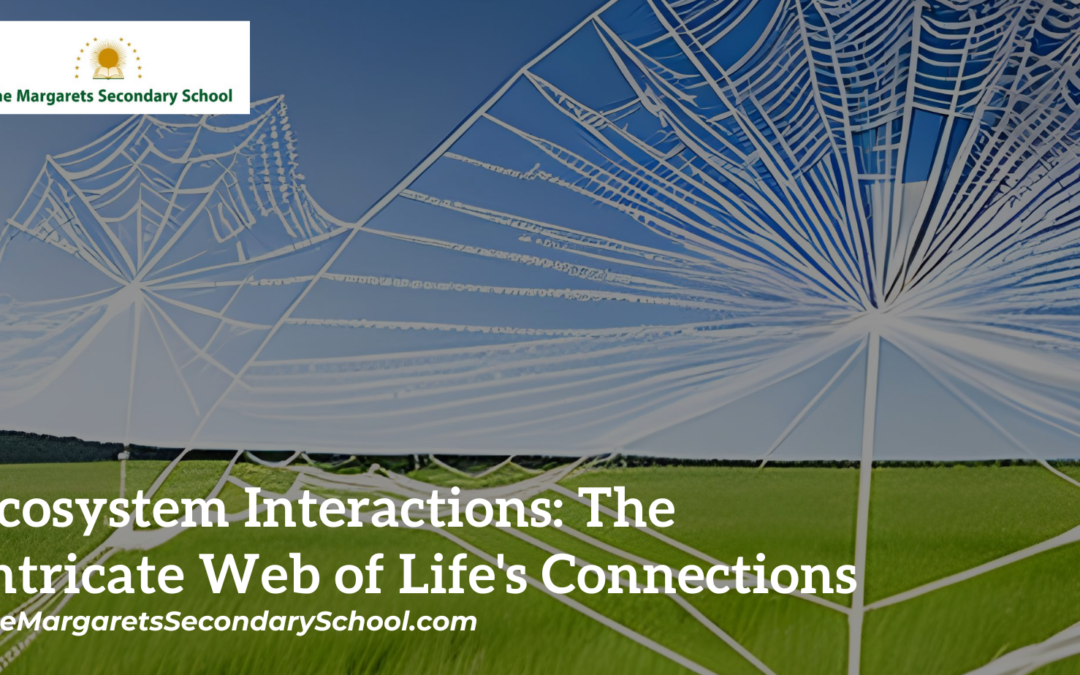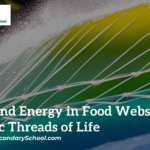Interactions in Ecosystems
The natural world is a tapestry of interconnected relationships, where organisms, environments, and resources intertwine in a complex dance of survival and adaptation. These interactions, which shape the dynamics of ecosystems, reveal the delicate balance that sustains life on Earth. From the microscopic to the majestic, every organism plays a role in this grand symphony of interconnectedness.
Understanding Ecosystems:
An ecosystem is a dynamic community of living organisms, their physical surroundings, and the interactions that occur within them. It encompasses a range of species, from plants to animals to microorganisms, all of which depend on one another for resources and influence each other’s well-being. Every element of an ecosystem, whether living or non-living, contributes to the delicate equilibrium that maintains its functionality.
Trophic Levels: The Hierarchy of Interaction:
Within an ecosystem, organisms are categorized into trophic levels based on their roles in energy transfer. Producers, primarily plants, harness energy from the Sun through photosynthesis, converting it into chemical energy. Herbivores consume plants, gaining energy and nutrients. Carnivores feed on herbivores, and decomposers break down dead organisms, returning nutrients to the soil.
Predator-Prey Relationships:
One of the most fundamental interactions in ecosystems is the predator-prey relationship. Predators hunt and consume prey, regulating prey populations and maintaining ecological balance. This intricate dance of predator and prey has shaped evolutionary adaptations in both groups, influencing behavior, physical attributes, and even survival strategies.
Mutualism: A Win-Win Relationship:
In the world of interactions, mutualism shines as a prime example of cooperation between species. In mutualistic relationships, both parties benefit. Examples include pollination, where bees transfer pollen between flowers while obtaining nectar for themselves, and nitrogen-fixing bacteria that provide plants with essential nutrients while receiving a habitat and food source.
Competition: Navigating Resource Scarcity:
While cooperation is prevalent, competition for resources is also a driving force in ecosystems. Different species often vie for the same resources, such as food, water, or territory. This competition shapes adaptations that allow organisms to occupy specific niches and utilize resources efficiently, reducing direct competition.
Human Impact:
Human activities have a profound impact on ecosystem interactions. Deforestation, pollution, and habitat destruction disrupt these delicate relationships, leading to imbalances and ecological consequences. Conversely, conservation efforts that preserve and restore ecosystems can help maintain the intricate web of interactions that sustain life.
Conclusion:
Ecosystem interactions are the threads that weave the fabric of life. From the smallest microbe to the largest predator, every organism plays a role in the intricate tapestry of connections that shape our planet. Understanding these interactions not only deepens our appreciation for the beauty of nature but also highlights the responsibility we bear in preserving the delicate balance that supports the biodiversity and functionality of ecosystems.





